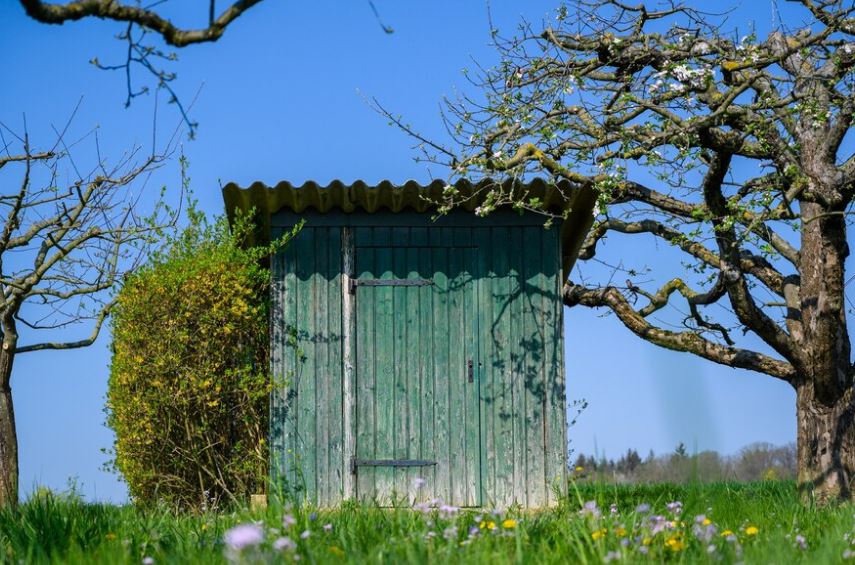Granny pods stand out as a solution for multigenerational families in the rapidly evolving housing market of today. These small backyard homes provide an incredibly efficient means of maintaining the independence, safety, and closeness of elderly loved ones.
Granny pods, also known as in-law cottages or accessory dwelling units (ADUs), are revolutionizing the way families care for their elderly by striking a balance between independence and emotional connection, as well as privacy and closeness.
Key Details on Granny Pods for WordPress Insertion
| Feature | Details |
|---|---|
| Alternate Names | Accessory Dwelling Units (ADUs), In-law Suites, Elder Cottages |
| Average Size | 250–600 sq. ft. |
| Common Features | Handrails, medical monitoring, ramps, ADA-compliant bathrooms |
| Installation Time | 3–8 weeks (depending on prefab or custom) |
| Average Cost | $85,000–$125,000 |
| Zoning Requirement | Varies by municipality; permits often required |
| Utility Connections | Typically tied to the main residence (water, sewer, power) |
| Accessibility Design | Yes—slip-resistant floors, wide doorways, low-threshold entryways |
| High-Tech Options | Fall detectors, intercoms, lighted flooring, emergency call systems |
| Example Providers | FabCab, Cottage Depot, WheelPad, Tiny House Great Medicine |
A Granny Pod: What Is It?
Granny pods are tiny houses designed specifically for elderly people and are situated in a family member’s backyard. They guarantee comfort and safety by incorporating accessibility-friendly elements, such as low thresholds, wide doorways, and non-slip flooring.
These pods, which are usually prefabricated or modular, are very easy to install and require very little on-site construction. The majority consist of a living area, a small kitchen, a bedroom, and a bathroom that is accessible to people with disabilities, forming a small but practical haven.
Essential Elements That Make Them Effective
Compared to traditional guest houses, granny pods are noticeably better. They frequently have medical support features, two-way communication tools, and sophisticated monitoring systems because they were designed with aging in place in mind.
Families can maintain their loved ones’ autonomy while ensuring their safety by utilizing intelligent tech integration. These units are highly adaptable for both short-term and long-term care, with some even having hospital-quality amenities.
The Financial and Emotional Benefits
Granny pods provide an incredibly cost-effective substitute for assisted living, which can cost over $90,000 per year. The majority of prefab models cost between $85,000 and $125,000, depending on customizations and design.
The advantages are even more significant on an emotional level. When it comes to elder care, having a loved one close by but not living there can significantly lower stress, guilt, and burnout while also significantly enhancing everyone’s everyday quality of life.
Is It Possible to Create a Legal Landscape?
One of the largest obstacles is still zoning regulations. However, in recent years, local governments have started to accept ADUs as a particularly creative way to address the problems of eldercare and housing.
Families should consult homeowner associations and city planning offices prior to installing a granny pod. The utilities of the primary residence are connected to the majority of structures, necessitating site assessments, appropriate permits, and occasionally architectural reviews.
The Reasons Behind Families’ Adoption of Backyard Pods
Remote caregiving became difficult during the pandemic. Backyard granny pods became a very effective solution as families looked for innovative ways to connect without sacrificing safety.
In one instance, the Sanders family in Portland used a prefabricated pod to makeover their grandmother’s backyard. Jen Sanders remarked, “She still has her private time and bakes cookies with the kids now.” “It was the best choice we have ever made.”
Preparing for the Future With Flexibility
A granny pod becomes extremely versatile once it is no longer required for elder care. Families can use it as a private art studio, guest suite, home office, or rental property. It is a future-proof investment in both real estate and lifestyle because of its adaptability.
Experts predict that ADUs will become a standard component of suburban planning in the years to come, particularly as local governments start to loosen antiquated zoning regulations.
They’re Not Only Useful—They’re Also Beautiful
The granny pod has been transformed into a contemporary design statement by design companies such as FabCab. Some models resemble boutique retreats rather than eldercare facilities because they feature skylights, energy-efficient insulation, and sustainable materials.
The Rose Cottage, a two-bedroom prefab with a spiral staircase and natural wood finishes that is incredibly durable and fashionable enough for magazine covers, is one example of a standout.
Where Can I Purchase a Granny Pod?
Prefab granny pods are now available at major stores like Wayfair and Home Depot. Kits from custom builders like ShedDirect, Allwood, and BZB Cabins are shipped right to your house. Families can select full-service installation packages or do-it-yourself models based on their preferences.
The Significance of the “Granny Pod” Revolution
There aren’t many senior housing solutions that have generated this much excitement. Granny pods allow families to reunite—not out of duty, but out of love and pragmatic design.
They are more than just a fad. They are a progressive solution to the perennial problem of taking care of elderly family members without sacrificing anyone’s way of life or self-respect.
Concluding remarks
In addition to providing shelter, granny pods also bring comfort. They are changing the way we think about aging, family, and home by bridging the gap between independence and care.
This backyard revolution may be the most remarkably effective way to keep loved ones close, comfortable, and cared for during a time when expenses and emotions are running high.

